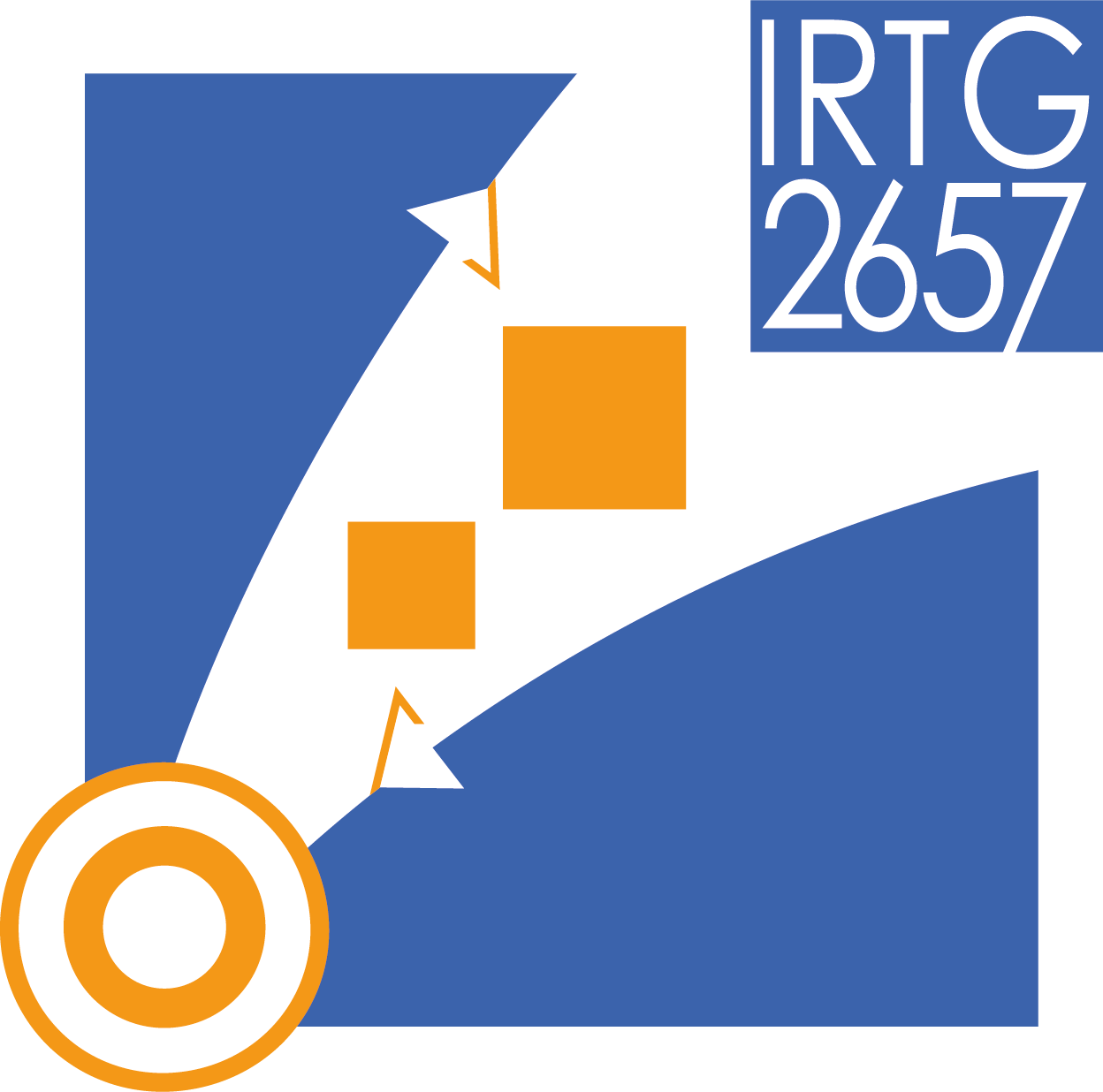B3.: Space-time adaptivity and model order reduction with digital image/volume correlation with application to parameter identification in phase-field fracture simulations
| Team: | Thomas Wick, N.N. |
| Year: | 2024 |
| Duration: | 01.09.2024-30.08.2027 |
In this project, a space-time formulation for digital image/volume correlation (DIC/DVC) is adopted. Preliminary work was carried out by Kosin et al. [2]. In order to reduce the computational cost, two strategies shall be pursued. First, classical adaptivity in space and time. Second, model order reduction shall be applied in which snapshots are taken in order to construct a reduced basis employing a singular value decomposition (SVD) approach. The latter reduces significantly the cost when there is a need to run several times the problem, for instance, in parameter identification [1]. Last, space-time DIC/DVC is used to identify parameters from space-time phase-field fracture simulations [4]. Such identification parameters (e.g., fracture energy, bulk energy, stress evaluations, global error norms) can be formulated as goal functionals, so-called quantities of interest. With goal-oriented a posteriori error control, quantities of interest (namely goal functionals) can be computed to a prescribed accuracy with a reasonable computational cost. This is achieved with space-time adaptivity for the spatial mesh and the temporal time step sizes. To this end, the dual-weighted residual method is adopted in which an adjoint problem is computed that yields sensitivity measures that can be plugged into the a posteriori error estimator. These goal-oriented estimators (using the adjoint problem) have a greater flexibility than classical residual-based estimators (without adjoints) for computing global norms only. The adjoint problem adds some additional computational cost. In extension to space-time mesh adaptivity, the tolerances of numerical (nonlinear, linear) solvers can also be adaptively chosen, as such balancing discretization and iteration errors [3]. During refinement, the primal and adjoint problems need to be solved in each course again, which shall be approximated by selecting snapshots from reduced order modeling. The algorithms and performances are tested with benchmark problems, e.g., single edge notched shear test, CARPIUC benchmark, and three-point flexural test on notched beams.
Literature
[1] V. Kosin, A. Fau, C. Jailin, F. Hild, T. Wick; Parameter identification of a phase-field fracture model using integrated digital image correlation, Comp. Meth. Appl. Mech. Engrg. (CMAME), Vol. 420, Feb 2024, No. 116689
[2] V. Kosin, A. Fau, C. Jailin, B. Smaniotto, T. Wick, F. Hild; A projection-based approach to extend digital volume correlation for 4D spacetime measurements, Comptes Rendus - Mecanique, Vol. 351, 2023, pp. 265-280
[3] B. Endtmayer, U. Langer, T. Wick; Multigoal-Oriented Error Estimates for Non-linear Problems, Journal of Numerical Mathematics (JNUM), Vol. 27(4), 2019, pp. 215-236
Team
Supervision: Prof. Dr. Thomas Wick (LUH), NN (ENS)






